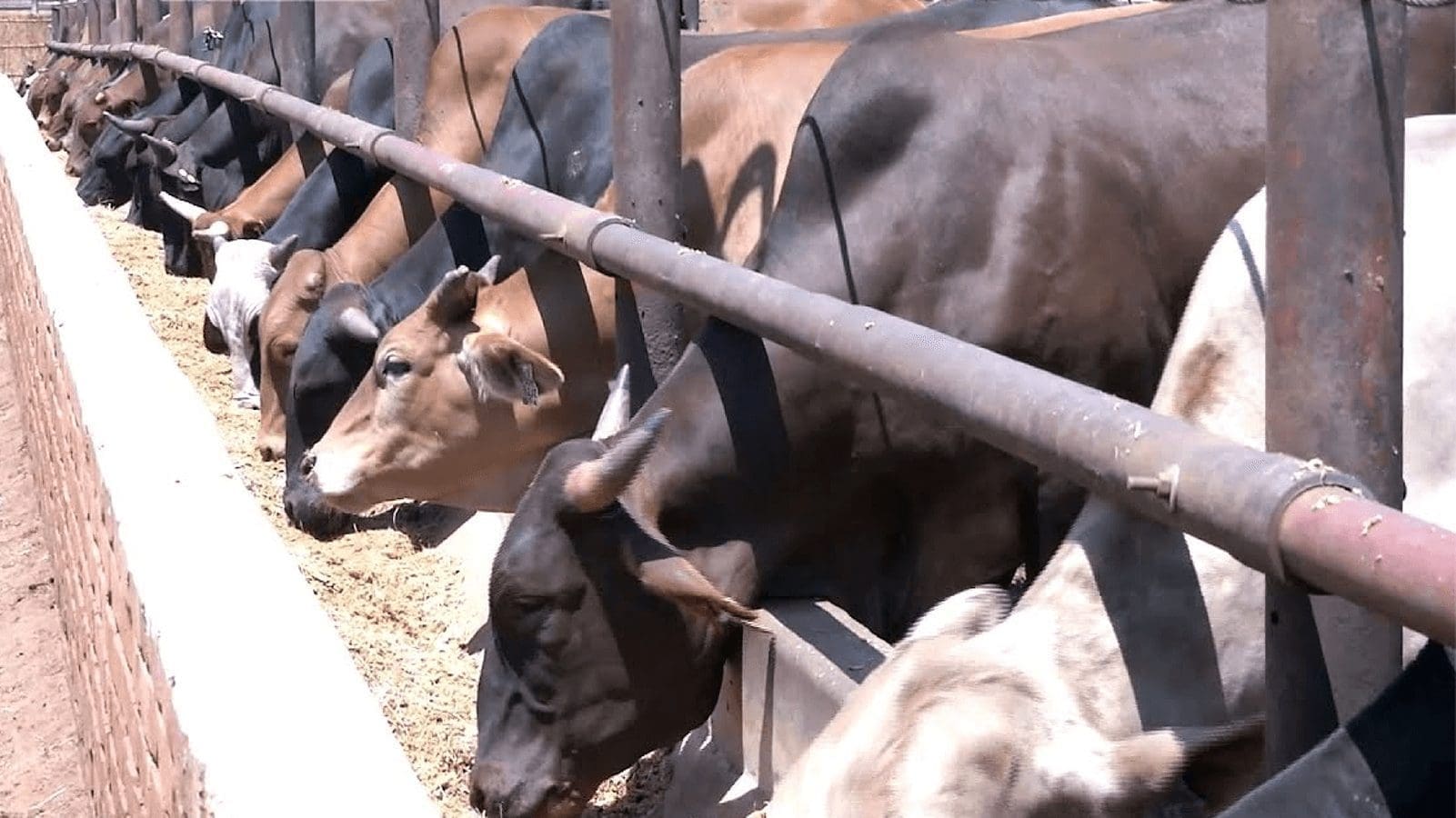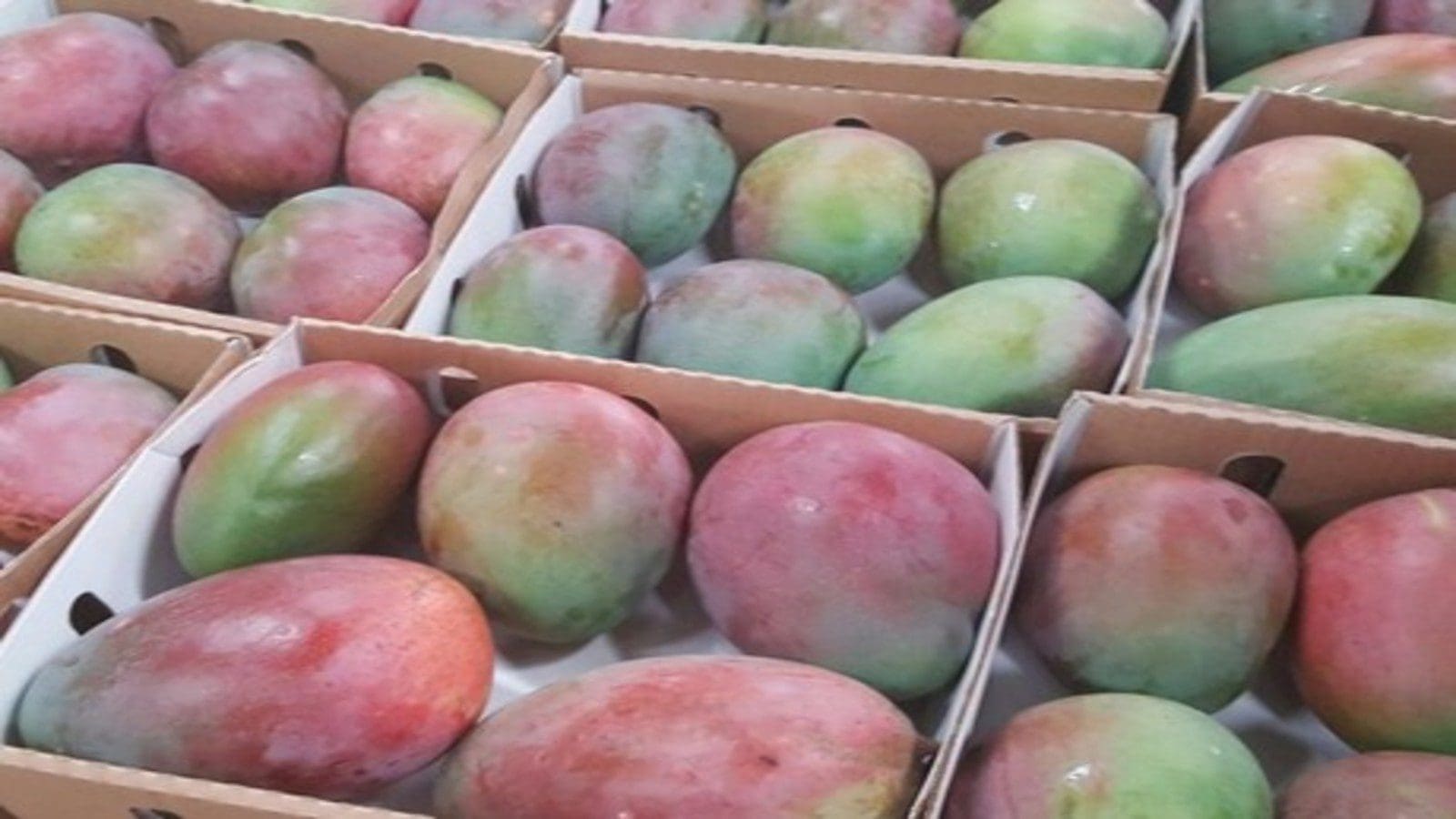U.S – Salvus LLC has come up with an Interferometry-based detection technology that could help the poultry industry rapidly identify the presence of diseases, viruses and chemicals in both production and processing environments, improving food safety.
Interferometric-based biosensors use a laser light source, a wave guide and an optical detector to detect the presence of key chemicals and pathogens pen-side or in a food production environment.
“When a laser beam is split in two parts and recombined later, they should form back into a matching beam.
“However, if we send one half of the split down a protected ‘reference’ channel and send the other down a receptor layered ‘sensing’ channel, then the travel path of the ‘sensing’ half will change when it is exposed to an interference in the path caused by a binding event. This change determines the presence of the target analyte,” Andre Tatar, Product Manager, Salvus LLC, said.
Tatar is one of the many experts scheduled to speak at the Poultry Tech Summit, scheduled for October 30 – November 1 in Atlanta, Georgia.
This one-of-a-kind in-person event facilitates the transition of innovation technologies from researchers and entrepreneurs into commercial applications for the benefit of the poultry industry.
“We are excited about the possibilities this technology has in poultry production, animal health, food safety, and other applications. We are looking forward to the next steps and engaging with commercial partners to deliver the product to the market,” Tatar said.
Derived from the Latin word for safe, Salvus detection technology utilizes a lightweight, handheld and easy-to-use device that offers many benefits. It can be used across multiple industries to detect many types of contaminants such as pathogens, chemicals and proteins while processing and sharing findings within minutes.
The device is also extremely sensitive detecting chemicals down to parts per trillion (PPT) and proteins in picograms per milliliter, according to the company.
The underlying technology leading to the Salvus detection device came out of sponsored research conducted originally at the Georgia Tech Research Institute while exploring ways to improve detection throughout the food and agriculture industry.
The technology is currently going through its commercial validation phase and is expected to be ready for commercial use in 2023.
Liked this article? Subscribe to Food Safety Africa News, our regular email newsletters with the latest news insights from Africa and the World’s food safety, quality and compliance. SUBSCRIBE HERE








